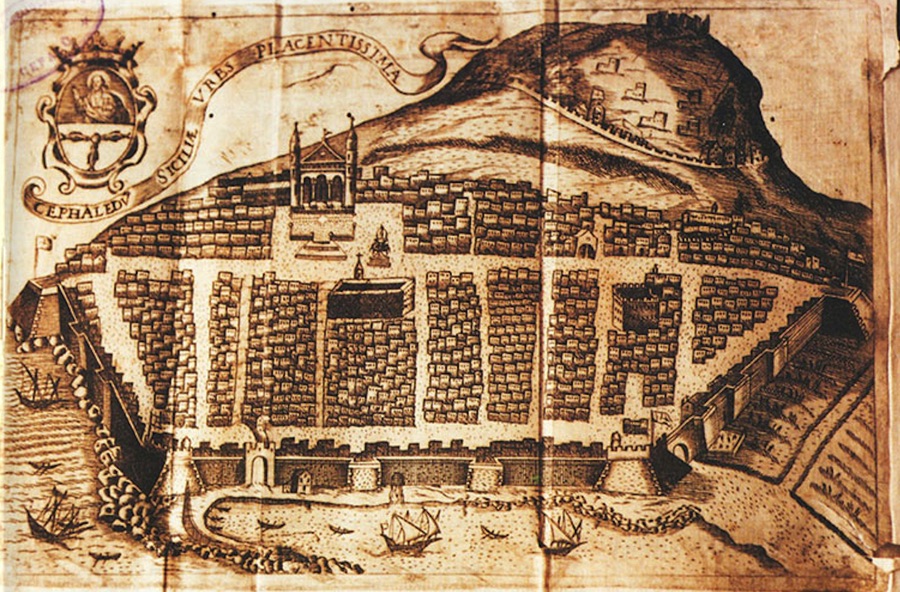The Hippodamian scheme, used between the 5th and 4th centuries BC for the newly founded Greek colonies, was devised, according to philosopher Aristotle, by the architect and urban planner Hippodamus of Miletus. Based on grid and chessboard-style layouts, already used before in the East, the Hippodamus’ one runs along three longitudinal axes, oriented north-east, (for the main roads) that intersect with as many perpendicular axes, oriented north-south, for the secondary roads. The plan of the city is thus defined as regular and chequered: the blocks are rectangularly shaped, the streets intersect at right angles, the buildings follow the street perpendicularly and the public spaces are perfectly delimited. This orthogonal scheme, which recalls that of an ideal city, was later adopted by the Romans to divide up the territories and subdivide the space of the castra, the military camps.